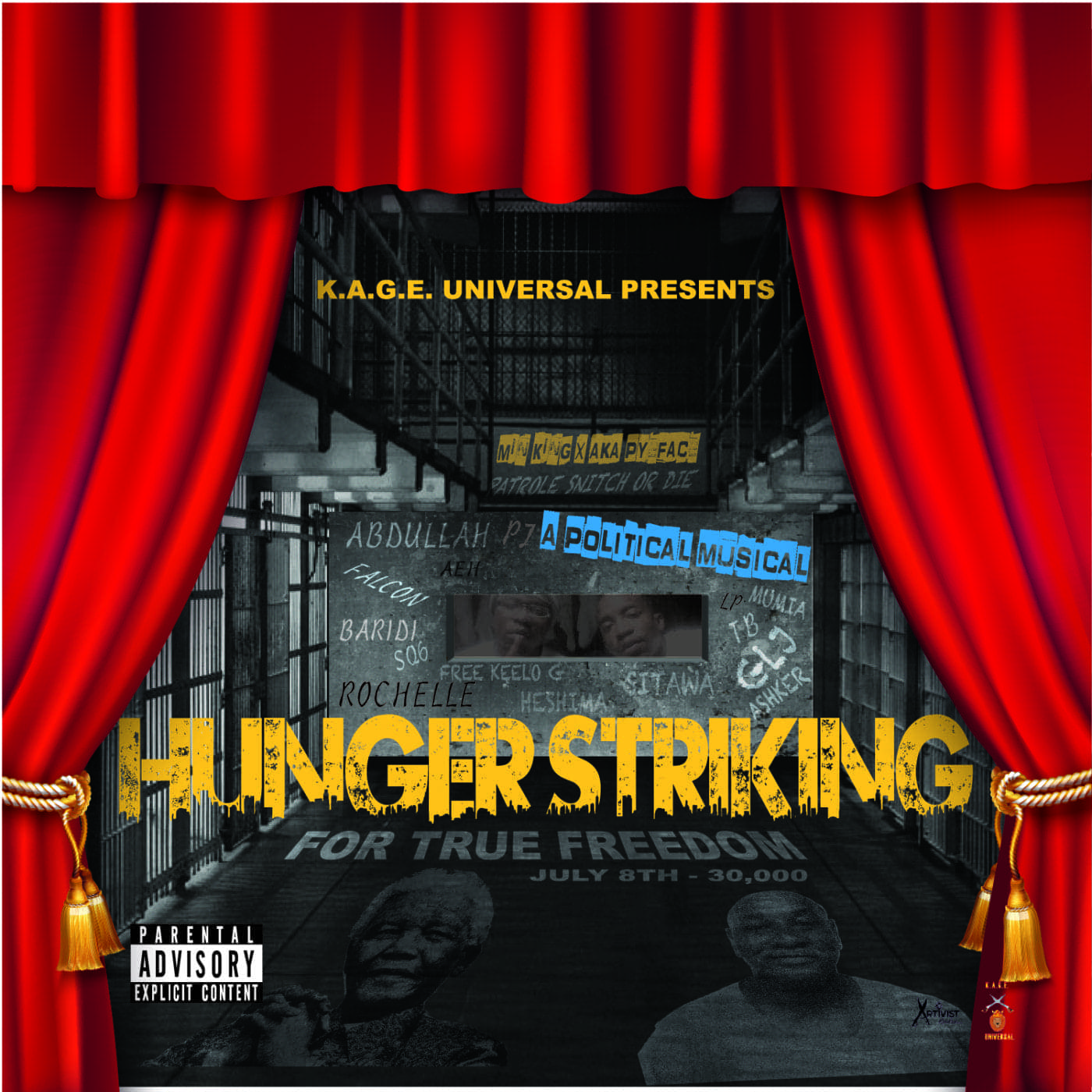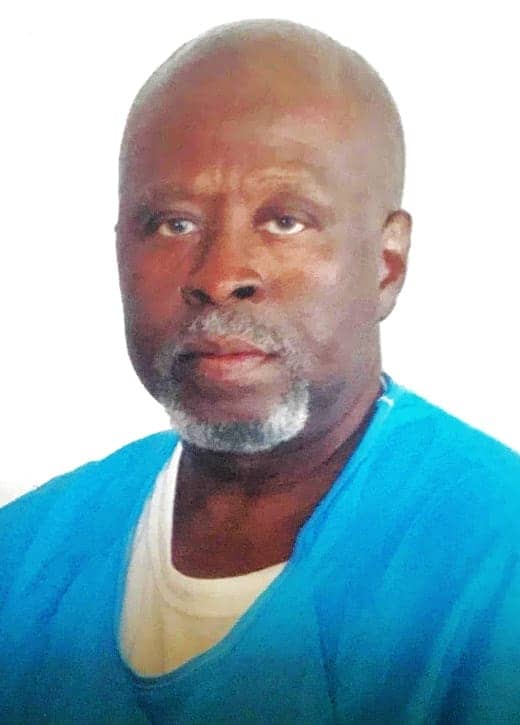
by Louis Powell
On this Tenth Anniversary, when I look back at the historical Hunger Strike of July 2011, I think about the question that was on the minds of the California Hunger Strike representative body: Will the sacrifice by starvation lead to death for some?
What was known for certain, the indefinite solitary confinement class were in desperate circumstances. Years and decades of sensory isolation had led to numerous deprivations with no relief beside parole, debrief or die.
Parole was out of play. The California paroling authority had never in its long history ever found a single prisoner suitable for parole while under solitary confinement. Hundreds of prisoners had succumbed to debriefing for relief, and many others went into temporary or permanent insanity, while too many died as a result of untreated chronic health problems.
Prisoners inside the solitary confinement units at Pelican Bay and Corcoran State Prisons had become the residue of the last stand of mental and physical torture. The entire solitary confinement class throughout California’s prisons and jails were pushed beyond their human limits of endurance.
It was decided and it was understood that Hunger Striking for true freedom required a struggle to the death under our own terms.

Inside the solitary confinement unit of Pelican Bay State Prison, I was preparing myself for a long, protracted Hunger Strike. I was one of four representatives for the Black racial class – each racial class had a team of four representatives. I was selected to the representative team for having a social consciousness as well as foresight in understanding the coming phenomenon.
I was designated for the strategic role of not engaging in starvation. I would be the observer of the physiological needs and the psychological effects that starvation may have on the main representative who would lead the negotiation.
While they were in a state of starvation, of course, there would be a slowdown of the thought process of some or all, resulting in the loss of concrete thinking. I wouldn’t be under the effects of starvation, I would remain in a clear state of awareness in order to intervene, if it became necessary, to protect the class interest.
Even with 12,000 Hunger Strikers at play, the hardline prisoncrats wouldn’t negotiate in good faith.
I did bear witness to the effects of starvation of the representative body. All of the reps were under fatigue, severe weight loss – they had the dried up appearance as their skeleton was becoming visible. Many were suffering from thought deprivation, and some had become susceptible to disease that would eventually shorten their longevity.
I believed that a protractive, well-organized hunger strike would naturally incite the voluntary participation of an unimaginable number of prisoners at each step of the way. There would be three historical steps forward: The first historical step started off with the participation of 6,600 Hunger Strikers, and the second historical step taken would double to 12,000 Hunger Strikers.
Even with 12,000 Hunger Strikers at play, the hardline prisoncrats wouldn’t negotiate in good faith. They really didn’t have a clue about the Hunger Strike being well organized with contingency plans in place that would bring prison commerce to a complete standstill by prisoners in the thousands refusing to eat.
The prisoncrats would use an outdated 1960s playbook that called for putting on the appearance of negotiation while using tactics of attrition to weaken resistance by way of:
- Agreeing to the demands so as to stop the Hunger Strike from going forward, and then renege on the promises made.
- Utilizing racial divide and conquer tactics.
- Bad jacketing the reputation of honorable individuals of the representative body.
- Relocating the representative body to another isolated section of the prison.
- Feeding the media disinformation about the Hunger Strike.
- Keeping the representative body in a state of incommunicado: a news blackout, all incoming mail including legal mail being withheld, no television or radio and preventing the reps from receiving any information regarding the status of the Hunger Strike.
- Manipulating opportunistic prisoners in an attempt to usurp control away from the representative body while they were under incommunicado status.
During the preparation stage for the massive Hunger Strike, the representative body strategized around countering the CDCR 1960s playbook to break resistance. Even at the onset of the Hunger Strike planning, a secondary representative body was prepared to step in to protect the class interest.
The representative body was mentally prepared to undergo the forced feeding tube if the CDCR wished to save lives.
Just prior to adding the historical third step of the Hunger Strike, it was agreed upon that in this final step, the representative body was mentally prepared to undergo the forced feeding tube if the CDCR wished to save lives.
Thirty thousand California prisoners took the third step forward into Hunger Striking – it was phenomenal.
The prisoncrats were under pressure from public sentiment to enter into a settlement with the Hunger Strikers. Numerous other state prisoncrats wanted California prisoncrats to resolve the matter of the Hunger Strike because a domino effect had occurred leading prisoners throughout the United States to wage hunger strike resistance against their inhumane prison conditions.
The California prisoncrats agreed to end indefinite solitary confinement, and other amenities were forthcoming. Within several years of leaving solitary confinement, a number of prisoners were found suitable for parole.
Thousands of prisoners were placed in the general population of prisons. Of course hundreds of participants of the Hunger Strike are still reaping retaliatory treatment from paroling authority, and too many have died from health problems that went untreated for years.
The struggle for true freedom continues,
Forward forever,
Louis Powell
Send our brother some love and light: Louis Powell, B59864, CSP LAC, P.O. Box 4430, Lancaster, CA 93539.






